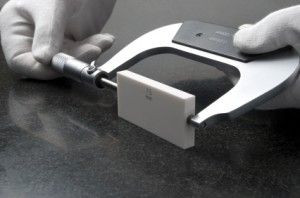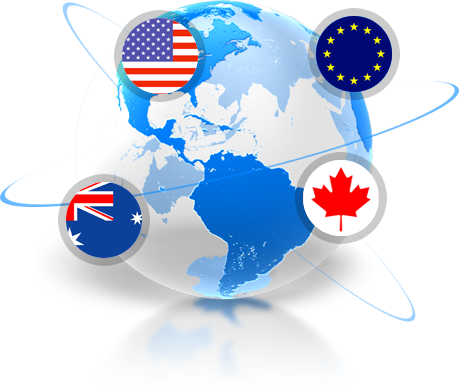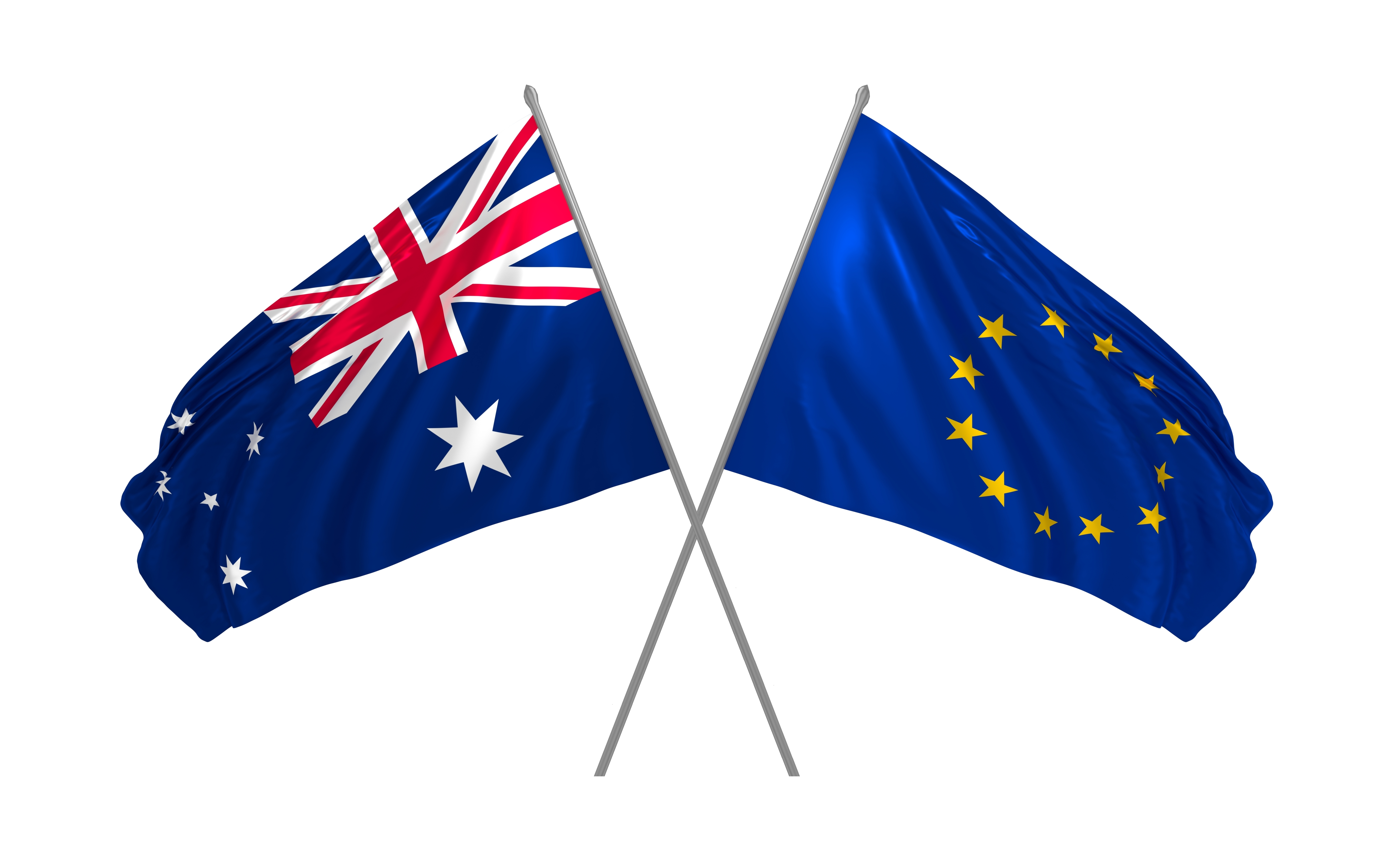
In July 2021 the Therapeutic Goods Administration (TGA) published significant updates to the Therapeutic Goods (Medical Devices) Regulations 2002 (the Regulations). Access the current version of the Regulations via the TGA website. WHAT HAS BEEN UPDATED? Sub-regulation 4.1 This sub-regulation has been repealed. So what does this mean? It is no longer a requirement for the manufacturer of medical devices which fall into the categories listed below, to hold a TGA Conformity Assessment (CA) certificate as the only accepted evidence of conformity, before submitting your application for inclusion on the Australian Register......
Continue Reading

In Australia the Therapeutic Goods Administration (TGA) overseas the medical devices which are placed on the market. The TGA enforces the Therapeutic Goods (Medical Devices) Regulations 2002 as amended. Guidelines to the Regulations can be found at Australian Regulatory Guidelines for Medical Devices (ARGMD). Pre-market: Determine if your product is a medical device? Does your product meet the definition of a medical device, whereby the product is intended to be used on humans for any of the following; Diagnosis, prevention, monitoring, treatment or alleviation of disease Diagnosis, monitoring, treatment, alleviation of or......
Continue Reading

The new MDR will apply across EU Member States from May 2020, under this regulation there are defined obligations which lie with the major stakeholders in the device lifecycle. These obligations need to be fulfilled to ensure compliance with the regulation when placing the device on the market. Manufacturer Dependent on classification of the device, will get a CE certificate from the Notified Body or self-certify the device. Affix CE mark. Responsible for placing CE marked product on the market. Responsible for registering products on the EUDAMED database Retain technical documentation, CE......
Continue Reading

Do you need to comply with the Advertising Code 2018 if you already comply with ISO 15223-1? The answer is yes! Selling medical devices on global markets requires that labelling must comply with local region labelling and advertising requirements. Each country will have specific requirements, so how are they addressed to satisfy Australian Market requirements? First thing to consider for your device, does the labelling requirements meet the Essential Principle 13.1, schedule 1, Part 2. This information can be depicted with the use of symbols defined in ISO15223-1 Medical Devices – Symbols......
Continue Reading
0
Understanding MDSAP
Posted by:admin
November 13, 2018
in:EU, FDA, Medical Technology Regulation, News, TGA, Uncategorized

MDSAP (medical device single audit program) is an international program, which allows a single regulatory audit of medical device manufacturer’s QMS’ for the following regulatory agencies: • Therapeutics goods Administration (TGA) – Australia • Agência Nacional de Vigilância Sanitária (Anvisa) – Brazil • Health Canada (HC) – Canada • Food and Drug Administration (FDA) – US • Ministry of Health and Labour and Welfare (MHLW) – Japan The benefit of MDSAP, is one single quality system inspection that will encompass 5 markets versus having to complete 5 separate audits. One single audit......
Continue Reading

Formulating a well defined and researched regulatory strategy is vital for medical device and in-vitro diagnostic (IVD) companies. The regulatory world is constantly evolving, with Brexit and the introduction of the new MDD and further changes planned for the coming years, it is important that a regulatory strategy is reviewed and updated as new and updated requirements are identified. New requirements and/or updates could have a significant impact on existing or new products. Regulatory standards are used to assess the safety, efficacy and quality of medical devices throughout the product lifecycle. There’s......
Continue Reading

Selling any product into the European market can be simplified if a manufacturer can show that it complies with appropriate regulations. For medical device manufacturers, this compliance is vital. Regulatory strategy planning is a critical step in the development and marketing of any medical device so it is important to understand the regulatory requirements of target markets, which can be quite different from country to country. It is equally important to have a clear understanding of the intended use, indications and claims for a device as these influence how to classify or......
Continue Reading
